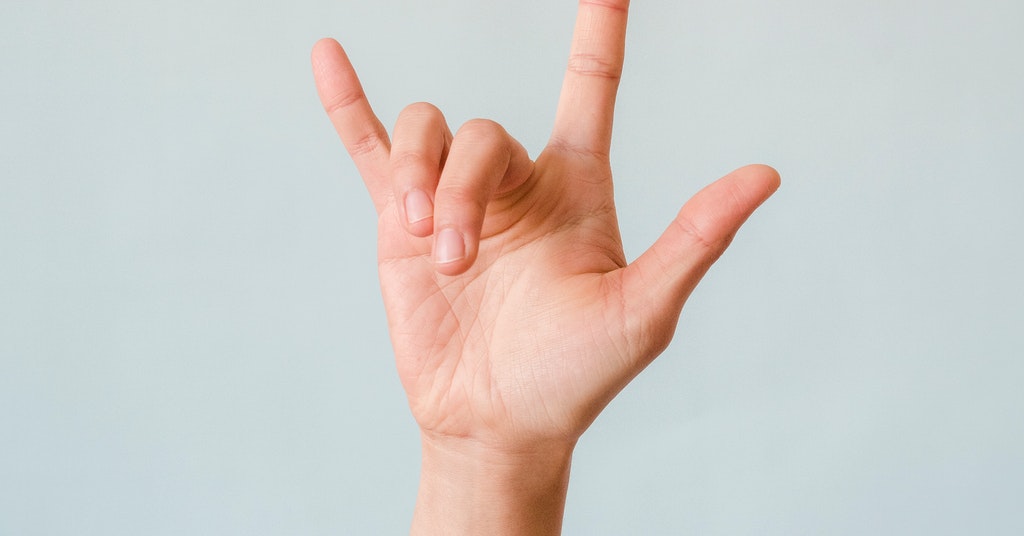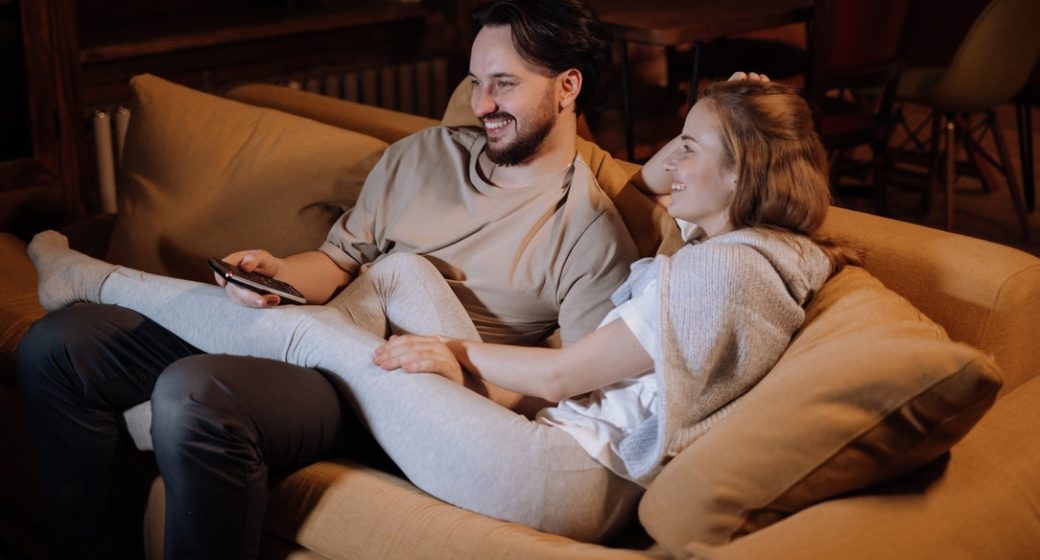
After hearing loss, Katherine Bouton finds new purpose in life
February 22, 2016
10 Misconceptions about Hearing Loss
February 26, 2016Getting the groom on your good side: Tips for brides with single-sided hearing loss

I recently wrote another blog post titled “5 ways to Accommodate Deaf or Hard-of-Hearing Guests at your Wedding,” and it got me thinking about my own wedding. The accessibility issue at our wedding wasn’t about one of the guests – it was about the bride!
In 2006, for me as a bride-to-be, my biggest concern was, “How will I be able to hear both the registrar and the groom during the ceremony?”
Back then, I had reasonably good hearing in one ear and poor hearing in the other: positioning was everything. I didn’t want the celebrant to get to the part where they ask if anyone knows of any lawful impediment and me mistake the pause for the lull in conversation where I’ve missed being asked a question – and then say something like, “What did you say?” or “I do” at the wrong time.
As a bride-to-be who had hearing loss, I had a lot on my mind.
As a bride-to-be who had hearing loss, I had a lot on my mind.
Because I didn’t cope well with conversation in large groups, I wasn’t keen on the idea of a big sit-down meal or a disco and buffet, so we decided to have a small, quiet wedding with just 12 guests. We chose a venue that had a webcam and we invited everyone else we knew to watch the wedding online. (Believe me, back in 2006, this was cutting edge!) When we went to visit the potential venue, we were able to meet with the team and explain my needs – such as being able to have the registrar and groom in front of me for lipreading or on my ‘good’ side (my left) so I could hear them. Basically, I didn’t want to have either of them on my ‘bad’ side (my right). Hmm, there seemed to be a problem with this: apparently, it is customary for the bride to stand to the left of the groom and, it seemed, the wedding organizers were not too happy about my desire to break with tradition. (We’d already asked to have the ceremony facing the webcam rather than with our backs to it.)
“It is correct for the bride’s family to sit on the left of the aisle and the groom’s on the right. It is traditional for the bride’s father to walk her down the aisle. The bride always walks on the left side of her escort so that his right hand is free to draw his sword to protect her.” – Wedding Ideas
In the end, a compromise was made: I would stand on my groom’s left side but when we got to the part where we said our vows, we would turn to face each other to say them, thus positioning him in front of me and the registrar on my ‘good’ side’. On the day itself, I walked up the aisle on my father’s right side, blissfully unaware that we were breaking with another tradition, but happy that we could share a few words. All I know is that I’d never seen him smile so wide and he looked as proud as any man could look.
“As she walks towards the alter, she will be on her family’s side of the church for support, and as she returns on her new hubby’s arm, she will be on his side of the church, symbolically being introduced into his family.” – Wedding Ideas
When the ceremony started, there was a feeling of connecting with history, of being part of this ritual which went back hundreds of years and connecting somehow with everyone else who had ever been married on that spot. It was a thrilling feeling and it added to the excitement of the day.
Thankfully, the registrar spoke clearly and calmly in her lovely Scottish brogue and when it came to our part, we turned to face one another, and held hands. When the groom said, “I do,” his voice rang out clear and true. I was so grateful I’d been able to hear it rather than just to lipread it.
Did yours or your betrothed’s hearing loss cause any issues for you on your wedding day? I’d love to read your stories in the comments section or on the Phonak Facebook page!






